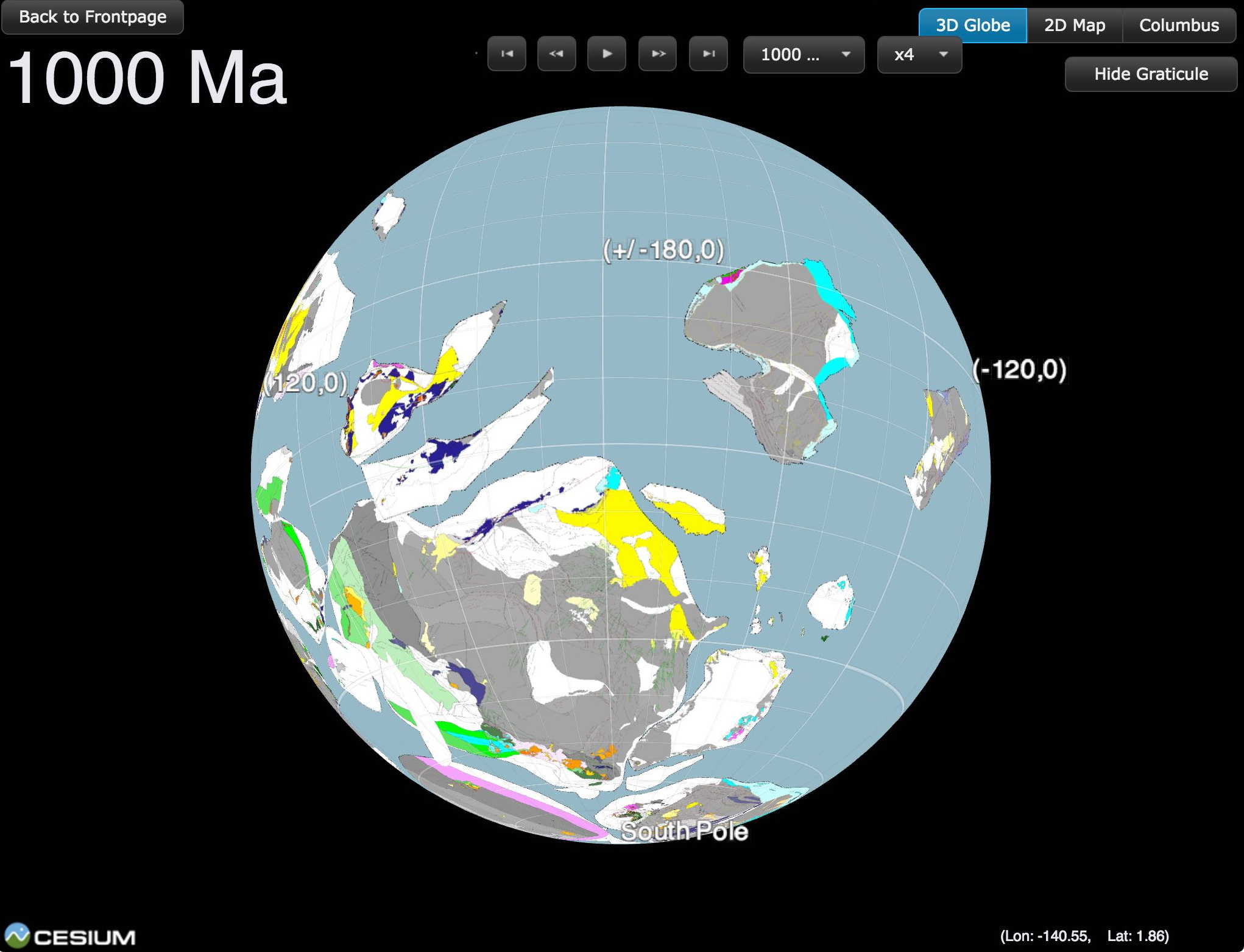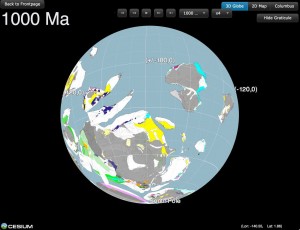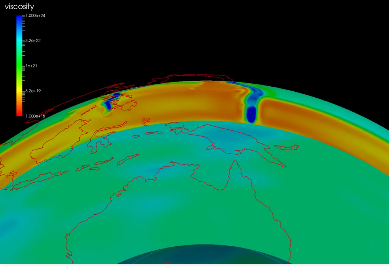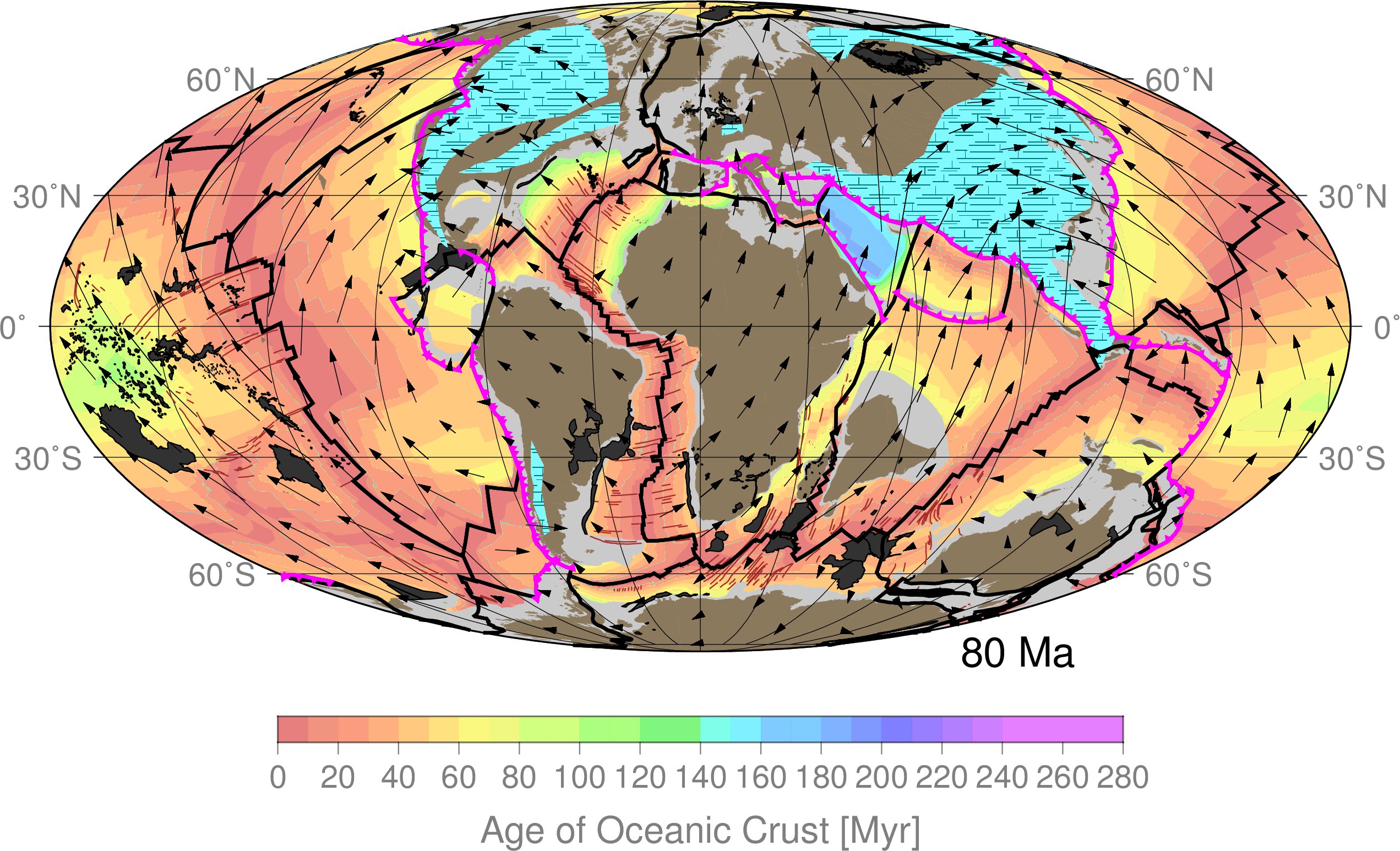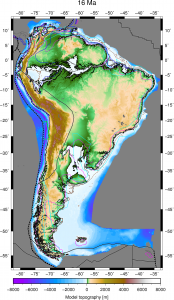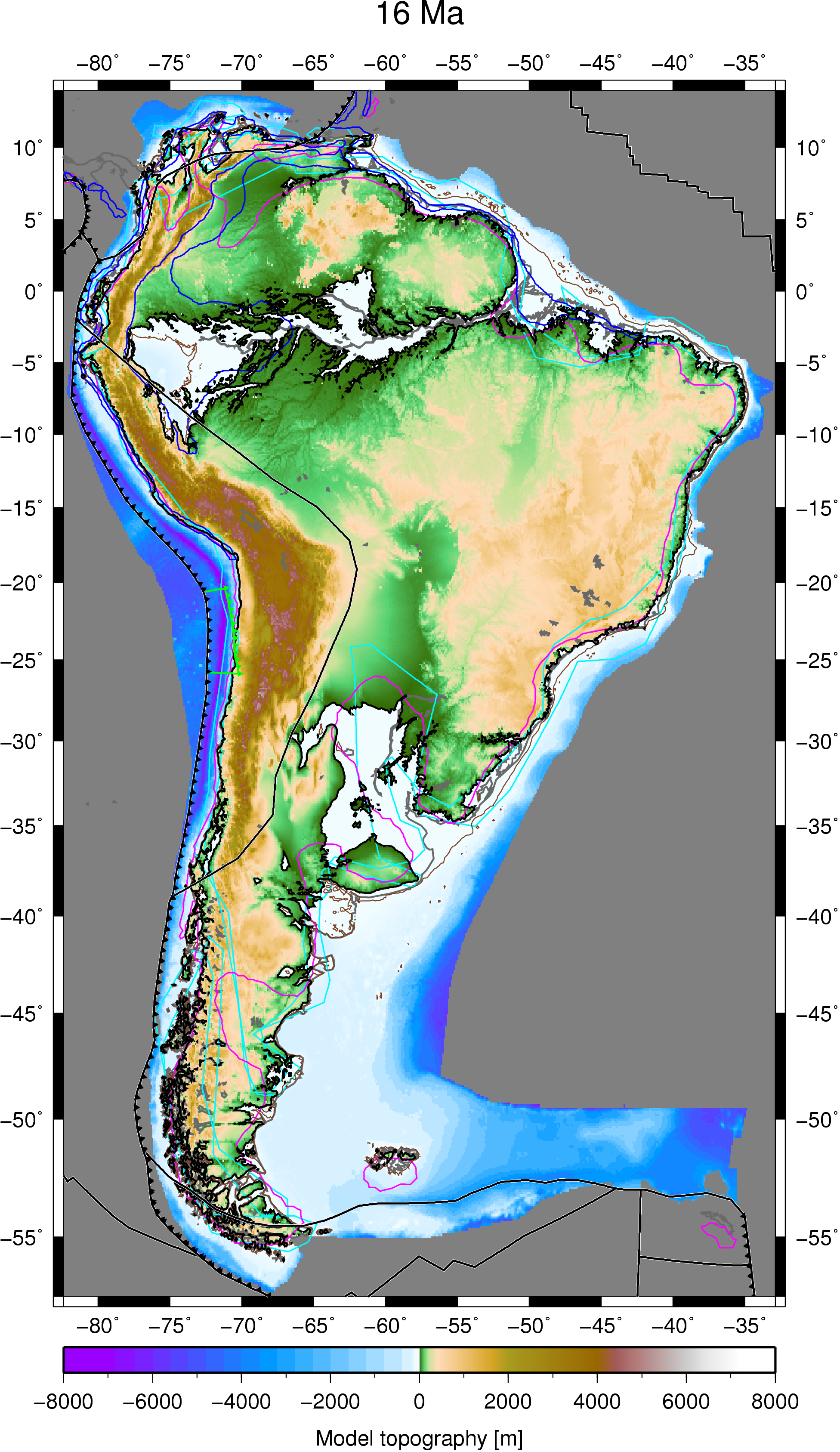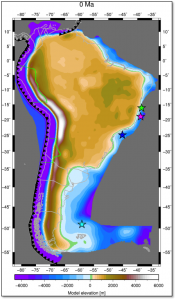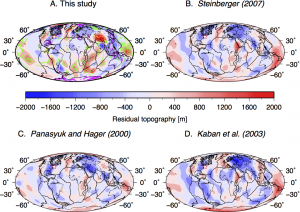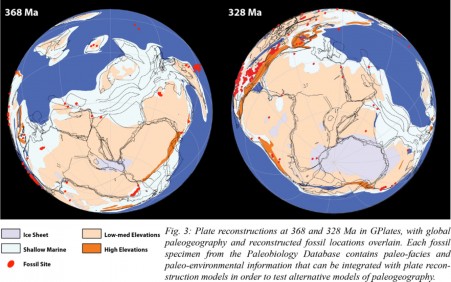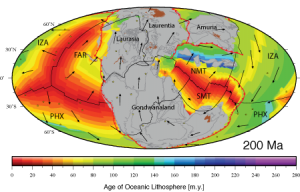 In a paper published in Nature, Rakib Hassan with fellow EarthByters Dietmar Müller, Simon E. Williams & Nicolas Flament, and Caltech’s Michael Gurnis, proposed a solution to a long standing geological mystery – how the distinct bend in the Hawaiian-Emperor Seamount Chain came to be. Using NCI’s Raijin supercomputer, the research team simulated flow patterns in the Earth’s mantle over the past 100 million years. The convection model suggests that the history of subduction has a profound effect on the time-dependent deformation of the edges of the Large Low-Shear Velocity Province (LLSVP) under the Pacific. The Hawaiian plume originates from the edge of this province and the southward migration of the plume during the formation of the Emperor chain reflects the migration of the northern edge of the LLSVP before ~47 million years ago.
In a paper published in Nature, Rakib Hassan with fellow EarthByters Dietmar Müller, Simon E. Williams & Nicolas Flament, and Caltech’s Michael Gurnis, proposed a solution to a long standing geological mystery – how the distinct bend in the Hawaiian-Emperor Seamount Chain came to be. Using NCI’s Raijin supercomputer, the research team simulated flow patterns in the Earth’s mantle over the past 100 million years. The convection model suggests that the history of subduction has a profound effect on the time-dependent deformation of the edges of the Large Low-Shear Velocity Province (LLSVP) under the Pacific. The Hawaiian plume originates from the edge of this province and the southward migration of the plume during the formation of the Emperor chain reflects the migration of the northern edge of the LLSVP before ~47 million years ago.
… Read more…
East African topography and volcanism explained by a single, migrating plume
Abstract: Anomalous topographic swells and Cenozoic volcanism in east Africa have been associated with mantle plumes. Several models involving one or more fixed plumes beneath the northeastward migrating African plate have been suggested to explain the space-time distribution of magmatism in east Africa. We devise paleogeographically constrained global models of mantle convection and, based on … Read more…

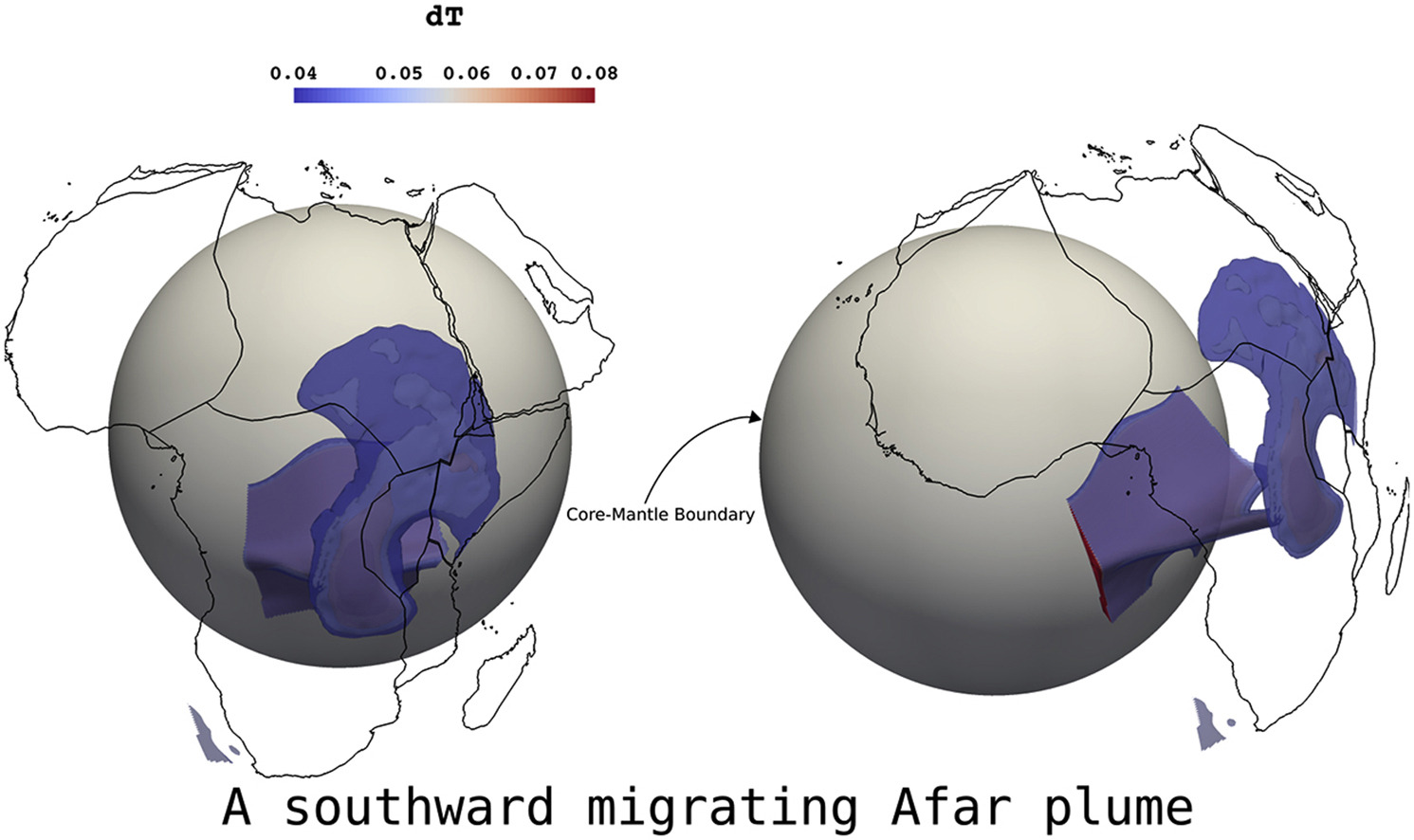
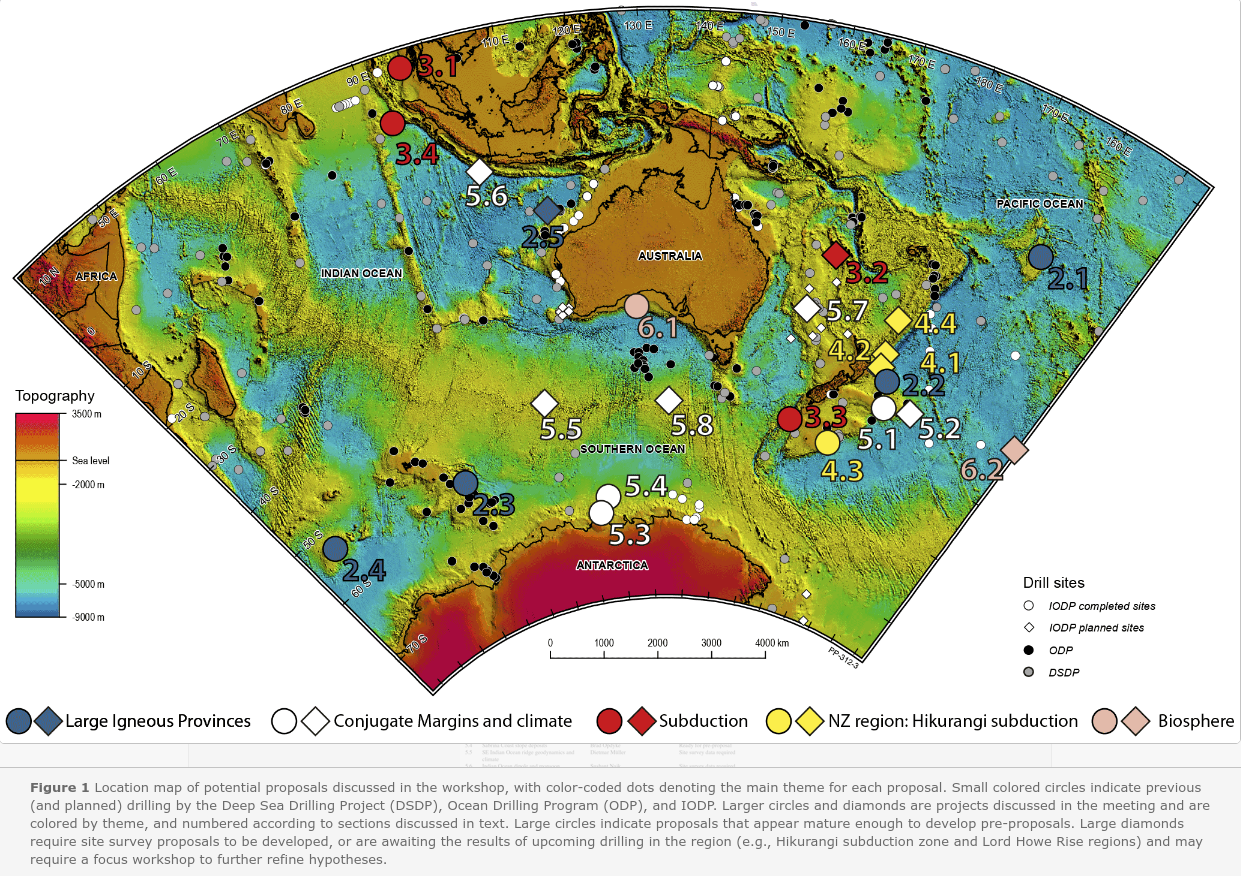
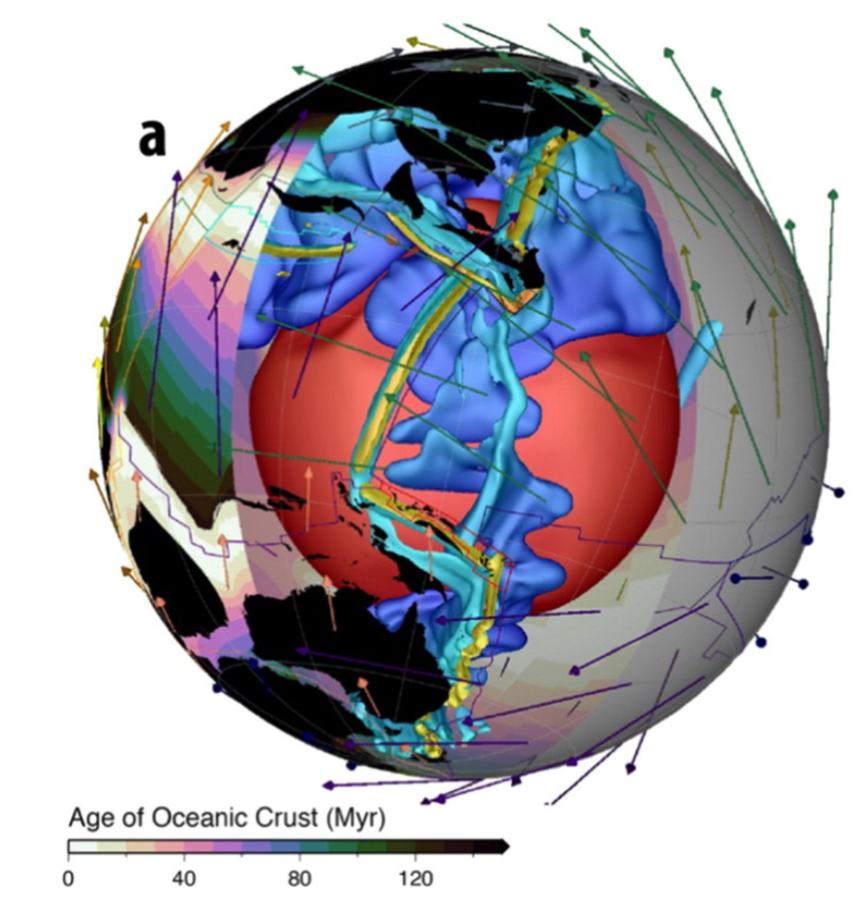
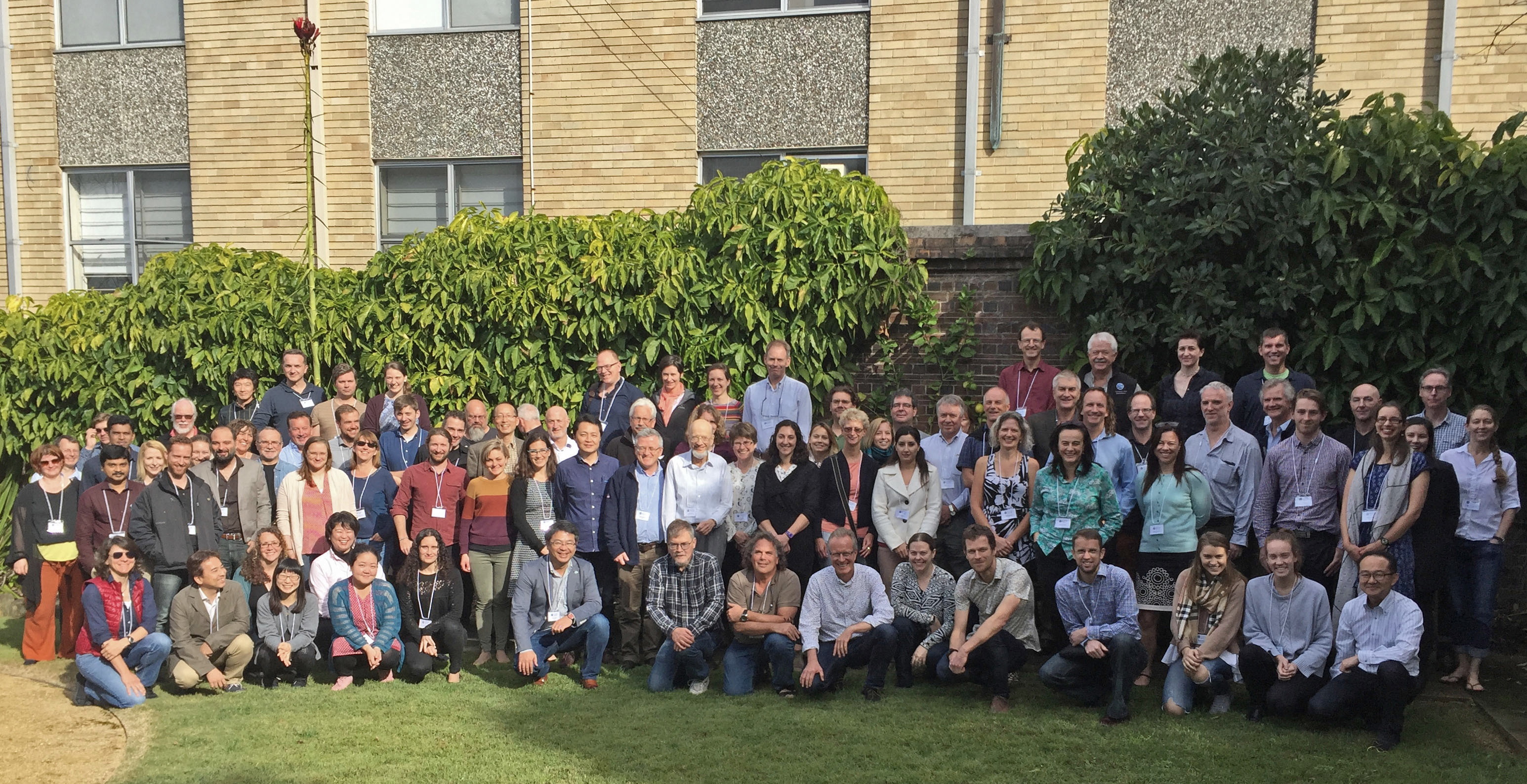
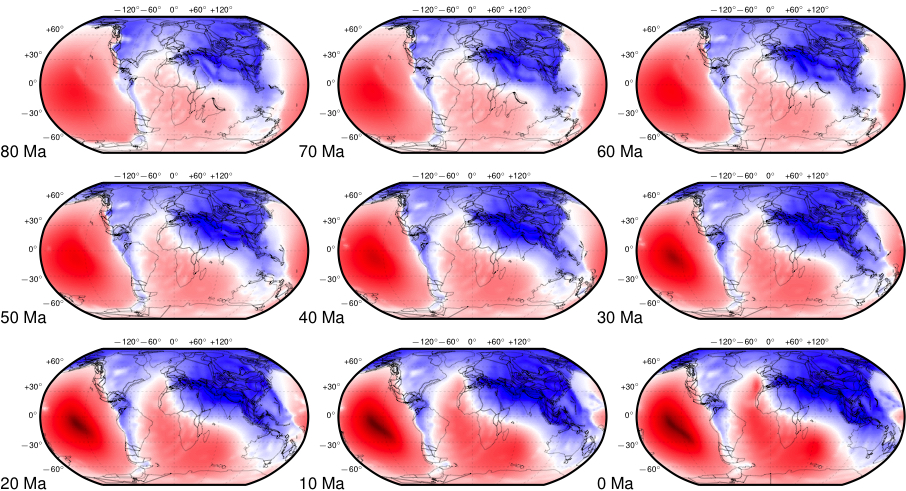
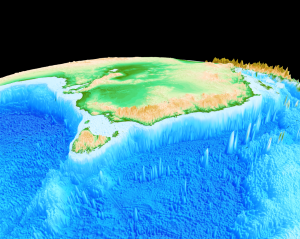 Congratulations to Prof Dietmar Müller, Dr Nicolas Flament, Dr Kara Matthews, Dr Simon Williams, and Prof Michael Gurnis on their paper recently published in Earth and Planetary Science Letters. Their paper,
Congratulations to Prof Dietmar Müller, Dr Nicolas Flament, Dr Kara Matthews, Dr Simon Williams, and Prof Michael Gurnis on their paper recently published in Earth and Planetary Science Letters. Their paper, 